Dental Cell
Dental pulp plays an important role in the maintenance of oral health, yet its cellular biology in humans has been relatively under-researched. In mammals, the dental pulp is a specialized tissue made up of mesenchymal cells such as fibroblasts and odontoblasts, as well as various types of specialized cells such as dental cells, ng1-cells and vasculogenic cells. Dental cells constitute the most abundant cell-type in the dental pulp and although their exact function remains unclear, they are believed to play an important role in initiating and controlling regeneration and recovery of dentin as well as in pulp immunology. Recent studies have indicated the complex differentiation potential of dental cells, as specific members serve distinct biological functions. These can be broadly divided into 2 types; active and passive. The active cells are responsible for orchestrating the various functions needed for dentin regeneration as well as for neurological and immunological protection of the pulp. This includes odontoblast, stem cell and ng1-cell populations which are essential for dentin and pulp healing, while the passive cells belong to the mesenchymal cell group and are important in controlling the microenvironment of the dental pulp. Moreover, the dental cells play an important role in the innate and adaptive immunological response within the dental pulp to handle the challenges posed by various bacteria, viruses and fungi. They provide recognition and defense of the pulp against foreign insults, and the odontoblast release antimicrobial agents to prevent infection. The ng1 cells are also important in this, as they release growth factors to stimulate healing, and in their own way, control the inflammatory process. Thus, dental cells are believed to be important players not only in the regerative process of the dental pulp tissue, but also in its immunological defense system. It is clear that much more research needs to be done to elucidate the exact functions of these cells and to better understand their contribution to human oral health.
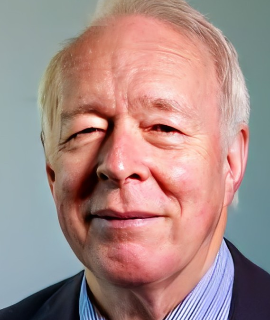
David Geoffrey Gillam
Queen Mary University of London, United Kingdom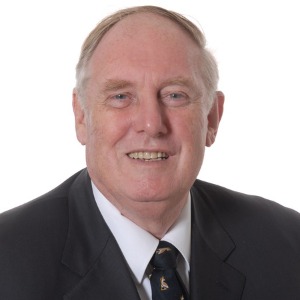
Christopher Turner
Spacemark Dental, United Kingdom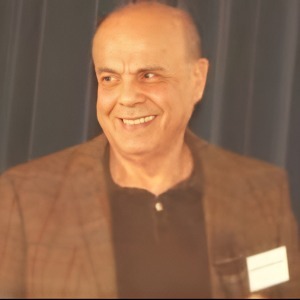
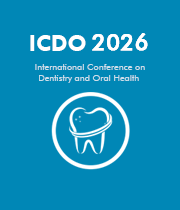
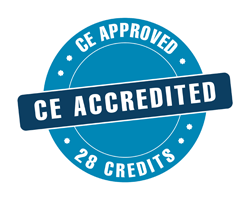


Title : Evaluating hygienist follow up for head and neck oncology patients in secondary care: Results from a two cycle audit
Peter Basta, Newcastle Dental Hospital, United Kingdom
Title : Atypical facial pain unravelled
Christopher Turner, Spacemark Dental, United Kingdom
Title : New treatment of temporomandibular disorder through muscle balance and muscle regeneration by activation of quiescent muscle stem cells( satellite cells) with mitochondrial dynamics
Ki Ji Lee, National Reserach Foundation & Busan Medical University, Korea, Republic of
Title : Cutaneous, Cranial, skeletal and dental defects in patients with Goltz syndrome
Ali Al Kaissi, National Ilizarov Medical Research Center for Traumatology and Orthopaedics, Russian Federation
Title : The nature and management of dental erosion in patients with bulimia nervosa
Maya Fahy, The Royal Victoria, School of Dentistry, United Kingdom
Title : A systematic review on the early detection of oral cancer using artificial intelligence and electronic tongue technology
Maryam, Kardan Dental Clinic, Iran (Islamic Republic of)